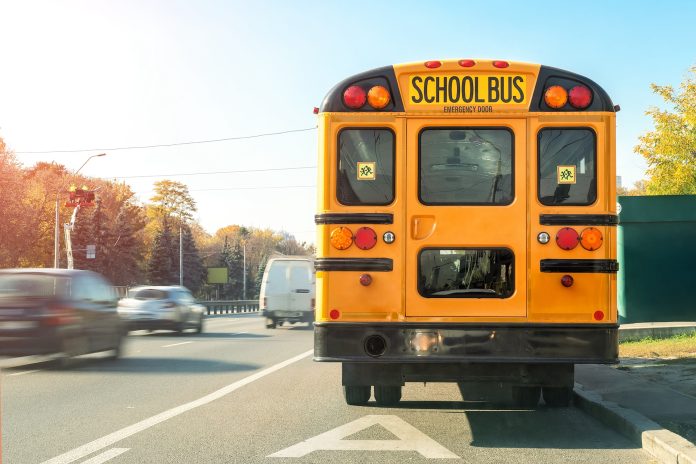For decades, the School Transportation News Buyers Guide, the 2023 edition coming out in January, provided a snapshot of student ridership, national fleet of school buses, and funding across the 50 states. But data collection has, in my experience at least, been an inexact science.
As the years progressed and state agencies that oversee school bus programs felt the fiscal pinch, our editorial staff experienced increasing challenges in obtaining the necessary information. The result caused headaches all around at STN headquarters and with the 50 state directors and their support staff (if they even had one) as we encountered missing or unavailable information.
The decision was made to put the frustrating exercise to bed and focus on other information. Unfortunately, however, data mining challenges remain.Perhaps the biggest reason, and this speaks directly to the Buyer Guide issue, is that many states stopped requiring school districts to report certain transportation information. No longer required to report fleet size or students transported, for example, some districts saw little reason to continue dedicating staff arduous reports. (Technology could solve this.)
I’ve lost track of the number of times a national or local reporter called or emailed me with seemingly straightforward questions about school bus data, only for me to respond that the specific data they requested did not exist, or it was so outdated that it was no longer reliable. This elicited a somewhat snarky response from one particular reporter, “Isn’t that what your publication is supposed to do?”
I couldn’t disagree. But I also explained the nuance of 50 states with essentially 50 different sets of regulations and funding mechanisms (perhaps even more when drilling down to the county or city levels). It was frustrating and remains so that STN doesn’t have the resources to capture, interpret and display a more complete view of the inner workings of every state’s or every school district’s student transportation program. It is simply not possible.
Instead, we have grown to rely on savvy and connections to help tell the story of how students get to and from school, and how transporters are succeeding at said service. Our trusty readers provide snapshots of transportation operations and sound off on the biggest challenges being faced. They share trends on everything from technology consumption to the impact of staff shortages, budget cuts, inflation, supply chain disruptions.
And we turn to what data is out there on K-12 public transportation—from the school bus manufacturers, the National Center for Education Statistics, think tanks with a vested interest in getting children to and from school, and, yes, state agencies. This list includes the federal government.
Now, if you’ve been in the student transportation industry for any length of time, you will have undoubtedly heard or read this stat: School buses transport 25 million students to and from school each day. The figure has been burned into our memory. But how realistic is it? It may come as a surprise that the number has changed, at least according to the Federal Highway Administration.
On eight occasions since 1969, the FHWA has published results from the National Household Travel Survey to provide a look at, in part, how their children get to and from school. With a margin of sampling error for all respondents of plus or minus 5 percentage points, the mail in and telephone survey conducted for FHWA during April and May 2017 of nearly 252,000 households nationwide with school age children found that over 16.9 million students rode school buses to and from school.
A federal study finding that 32 percent fewer student riders than the school bus industry and federal government cite is the elephant in the room that needs to be addresed. What will the updated figures to be released by next summer show amid shrinking student enrollment and historic school bus driver shortages in response to the COVID-19 pandemic? Likely the number will be even smaller.
What can school districts do today to change a narrative that school buses are a dying breed, when many students, especially the most at-risk, continue to rely on these vehicles to obtain an education? The safety record of yellow buses is unimpeachable. But more options now exist to get students to and from classes, at the same time (perhaps because of) school districts are short on drivers and new school buses. How student transporters react to that reality will reveal what school bus ridership numbers look like in the future.
Editor’s Note: As reprinted in the November 2022 issue of School Transportation News.
Related: Buyer’s Guide 2022
Related: TSD Conference Hosts Revised Child Passenger Safety on School Buses Training
Related: Update: New NAPT Executive Director Addresses Members Amid Board Voting
Related: Student Transport Lowers School Bus CDL Training Platform Cost for Limited Time

















